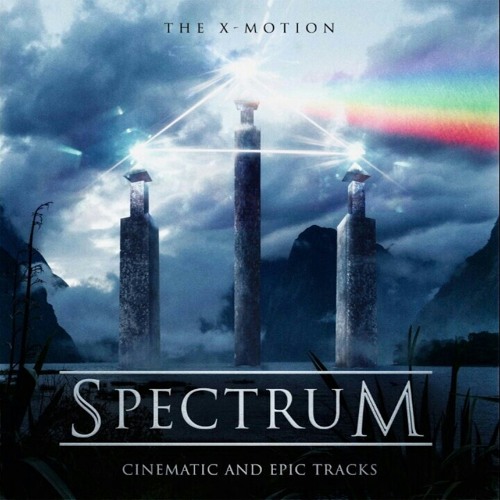
Each pair of dots with light "bouncing" between them is a clock.

The blue dots represent a pulse of light. Δ t = 2 L c in the frame of the clock itself.īecause all clocks that have a common period in the resting frame should have a common period when observed from the moving frame, all other clocks-mechanical, electronic, optical (such as an identical horizontal version of the clock in the example)-should exhibit the same velocity-dependent time dilation. In the frame in which the clock is at rest (see left part of the diagram), the light pulse traces out a path of length 2 L and the period of the clock is 2 L divided by the speed of light: The separation of the mirrors is L and the clock ticks once each time the light pulse hits mirror A. It is not possible to make the speed of light appear greater by moving towards or away from the light source.Ĭonsider then, a simple vertical clock consisting of two mirrors A and B, between which a light pulse is bouncing. This constancy of the speed of light means that, counter to intuition, the speeds of material objects and light are not additive. Time dilation can be inferred from the observed constancy of the speed of light in all reference frames dictated by the second postulate of special relativity. Right: Events according to an observer moving to the left of the setup: bottom mirror A when signal is generated at time t'=0, top mirror B when signal gets reflected at time t'=D/c, bottom mirror A when signal returns at time t'=2D/c

Left: Observer at rest measures time 2 L/ c between co-local events of light signal generation at A and arrival at A. The cosmonauts Sergei Krikalev and Sergei Avdeyev both experienced time dilation of about 20 milliseconds compared to time that passed on Earth.

With current technology severely limiting the velocity of space travel, however, the differences experienced in practice are minuscule: after 6 months on the International Space Station (ISS), orbiting Earth at a speed of about 7,700 m/s, an astronaut would have aged about 0.005 seconds less than those on Earth. Indeed, a constant 1 g acceleration would permit humans to travel through the entire known Universe in one human lifetime. For example, one year of travel might correspond to ten years on Earth. For sufficiently high speeds, the effect is dramatic. Theoretically, time dilation would make it possible for passengers in a fast-moving vehicle to advance further into the future in a short period of their own time. The faster the relative velocity, the greater the time dilation between one another, with time slowing to a stop as one approaches the speed of light (299,792,458 m/s). This case is sometimes called special relativistic time dilation. Special relativity indicates that, for an observer in an inertial frame of reference, a clock that is moving relative to them will be measured to tick slower than a clock that is at rest in their frame of reference.

History įrom the local frame of reference of the blue clock, the red clock, being in motion, is perceived as ticking slower. These predictions of the theory of relativity have been repeatedly confirmed by experiment, and they are of practical concern, for instance in the operation of satellite navigation systems such as GPS and Galileo. In addition, a clock that is close to a massive body (and which therefore is at lower gravitational potential) will record less elapsed time than a clock situated further from the said massive body (and which is at a higher gravitational potential). Doppler effect), the observer will measure the moving clock as ticking slower than a clock that is at rest in the observer's own reference frame. When unspecified, "time dilation" usually refers to the effect due to velocity.Īfter compensating for varying signal delays due to the changing distance between an observer and a moving clock (i.e. Time dilation is the difference in elapsed time as measured by two clocks, either due to a relative velocity between them ( special relativity) or due to a difference in gravitational potential between their locations ( general relativity). For GPS satellites to work, they must adjust for similar bending of spacetime to coordinate properly with systems on Earth. For example, time goes slower at the ISS, lagging approximately 0.01 seconds for every 12 Earth months passed. Time dilation explains why two working clocks will report different times after different accelerations.


 0 kommentar(er)
0 kommentar(er)
